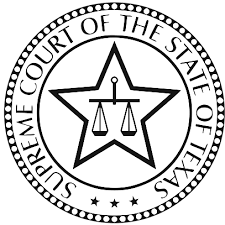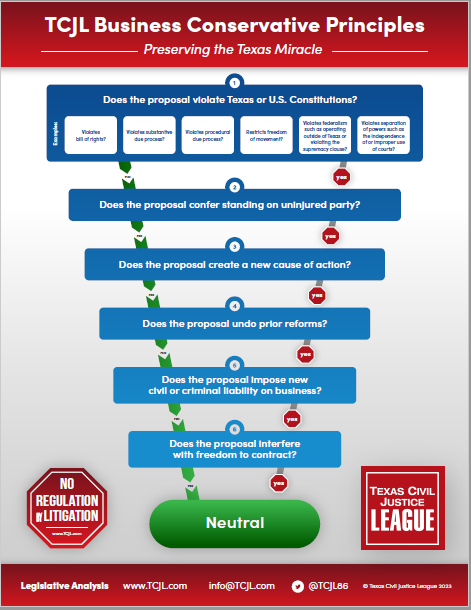 Reversing the El Paso Court of Appeals, the Texas Supreme Court has reaffirmed that the Texas law does not hold an employer vicariously liable for negligence arising from an employee’s travel and from work.
Reversing the El Paso Court of Appeals, the Texas Supreme Court has reaffirmed that the Texas law does not hold an employer vicariously liable for negligence arising from an employee’s travel and from work.
Cameron International Corporation a/k/a Cameron Systems Corporation v. Hugo A. Martinez and Dolores Ramirez, Individually and on Behalf of the Estate of Javier Garcia, Jr., Deceased; et al (No. 21-0614; issued December 30, 2022) arose from a double-fatality automobile accident involving an employee of Cameron and plaintiffs. Cameron contracted with a placement agency to find labor to assist Cameron with a project for flowback well testing at a ConocoPhillips drilling worksite. The agency provided an experienced well-tester named Mueller, who worked at the site for three days in June 2015. When Mueller completed his shift, Cameron released him from the job but asked him to remain on voluntary standby for another job. Mueller had dinner with his Cameron supervisor and then drove to a nearby store for groceries and gas. After leaving the station in Pecos, Mueller drove north on Highway 285. The accident occurred about 7 miles from town. Plaintiffs sued Mueller, Cameron, and others for negligence and vicarious liability. Cameron moved for summary judgment on the basis that Cameron was neither its employee nor acting within the course and scope. The trial court granted the motion and severed the claims against Cameron from those against Mueller. The court of appeals reversed, applying the “special mission” exception to the general rule of no vicarious liability for employee travel to and from work. Cameron sought SCOTX review.
In a per curiam opinion, SCOTX reversed and rendered judgment in favor of Cameron. Reviewing its recent holding in Painter v. Amerimex Drilling I, Ltd., 561 S.W.3d 125 (Tex. 2018), the Court noted that the “coming-and-going” rule provides that an employee does not act within the course and scope of employment when traveling to and from work on the basis “that travelers on public roads are equally susceptible to the hazards of doing so, whether employed or not” (citations omitted). But, “the special-mission exception to the coming-and-going rule may apply when ‘travel involves the performance of regular or specifically assigned duties for the benefit of the employer,” such as travel to “an employer-mandated seminar” or, as in Painter, “driving co-workers to their bunkhouses from the worksite at the employer’s direction.” In this case, however, the summary judgment evidence did not establish the applicability of the special-mission exception because the employee’s actions—having dinner with a supervisor and stopping at a market and gas station to stock up on water and food—were entirely voluntary and not at the direction of the employer. The El Paso Court of Appeals’ decision, the Court opined, “would turn nearly any personal grocery errand into a special mission on an employer’s behalf, a concept that we rejected in Painter.”
The Court rejected plaintiffs’ argument that the employer’s general grant of authority to Mueller to travel to Pecos for dinner with the supervisor established that he was acting in furtherance of Cameron’s business. The real inquiry with regard to scope of authority is not the employer’s right to control the employee’s work (implied in the employer-employee relationship), but whether the employee “was doing his job at the time.” That was not the case here. It likewise rejected plaintiffs’ contention that Cameron’s payment to Mueller of $250 in travel expenses created a fact issue as to course and scope. In any event, the existence of a travel allowance does not convert a personal errand into a special mission. Finally, the Court refused to conflate the common law doctrine of respondeat superior with the determination of course and scope under the workers’ compensation statute.
This opinion, issued per curiam and without oral argument, indicates that the Court felt that the court of appeals misapplied well-settled law and required correction. We have previously commented on the relatively high frequency of opinions of this type the Court handed down last year. It is important to note that these corrective decisions do not appear aimed at any particular court of appeals, so any conclusions that we might draw about the performance of specific courts of appeals based on these opinions should be taken with a grain of salt. Still, the Court’s bandwidth is limited, and the more corrections it has to make eat into its capacity to hear other matters of significance to the jurisprudence of the state.












